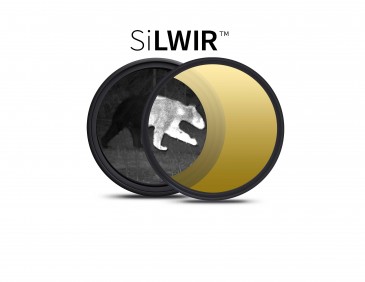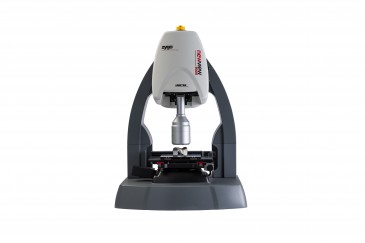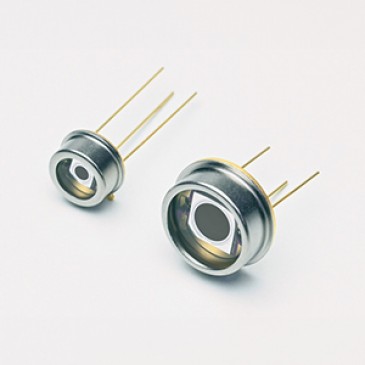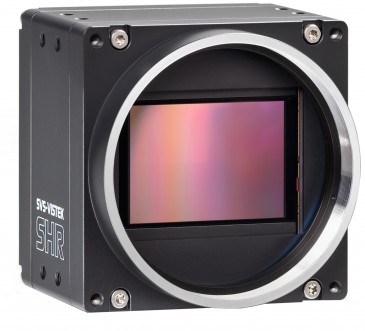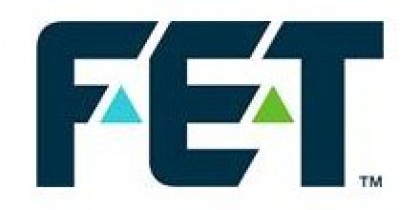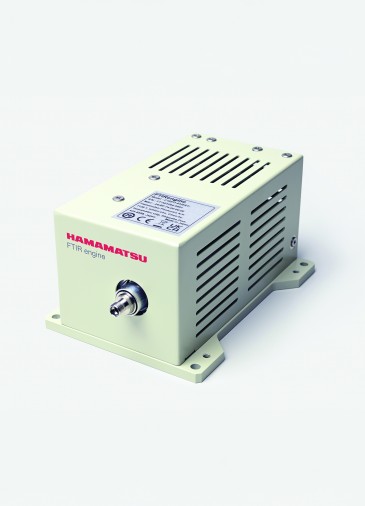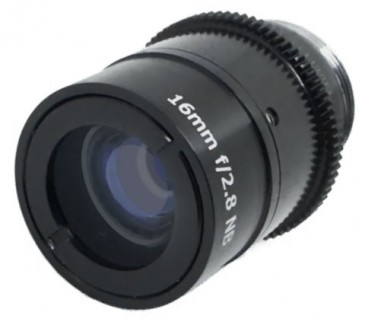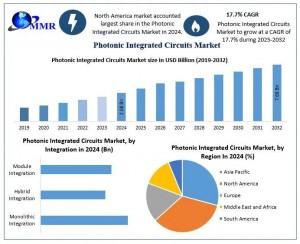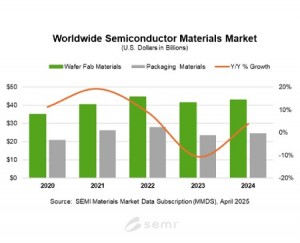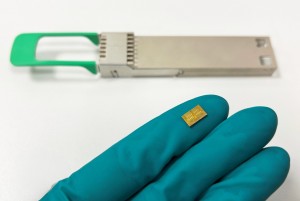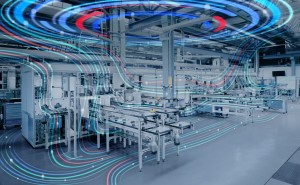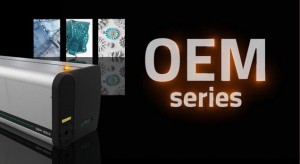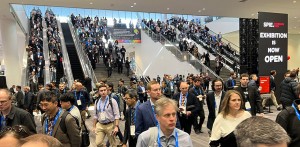Osram AG today laid the foundation for its new plant in Wuxi, China in the presence of high-ranking representatives from the Jiangsu province. This is the next step in expanding Osram’s activities in China, the world’s largest single lighting market. Light-emitting diode (LED) chips will be packaged in housings at the back-end facility, scheduled to be completed by the end of 2013. The production of LED chips (front-end) will continue in the Regensburg, Germany and Penang, Malaysia plants.
The contracts for the new Wuxi location were only signed in May 2012. The groundbreaking now marks the beginning of the construction of the 100,000-square-metre (~1.1 million-square-foot) compound. Osram will invest a low three-digit million Euro amount over the next five years while also securing comprehensive support from its Chinese partners. In the final completion stage, the new assembly plant will be able to accommodate up to 1600 employees.
With the new plant in Wuxi, Osram is responding to the increasing demand for LED-based products in the fast-growing Asian market, thereby sustainably reinforcing its regional position in the growth region in Asia. This comes against the backdrop of the LED back-end capacity at the Osram plant in Penang, where chips are both produced and packaged, is expected to reach its limits within the next few years. In addition to its two front-end production plants, Osram will in future have two back-end sites.
The Asian region already accounts for around 35% of today’s global general lighting market, which is expected to increase to 45% by 2020 according to recent studies. The Chinese lighting market alone, worth more than €8 billion EUR (~$10 billion USD) today, is predicted to more than double by 2020. In fiscal year 2011, Osram generated about 20% of its revenue in the Asia-Pacific region, where it employs more than 16,000 employees. This workforce is larger than that of any other region worldwide and roughly half of it is employed in China. Osram has marketed products in the region for about 80 years, covering all major stages in the value chain from development and production to sales.























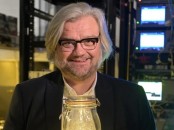















 Back to News
Back to News